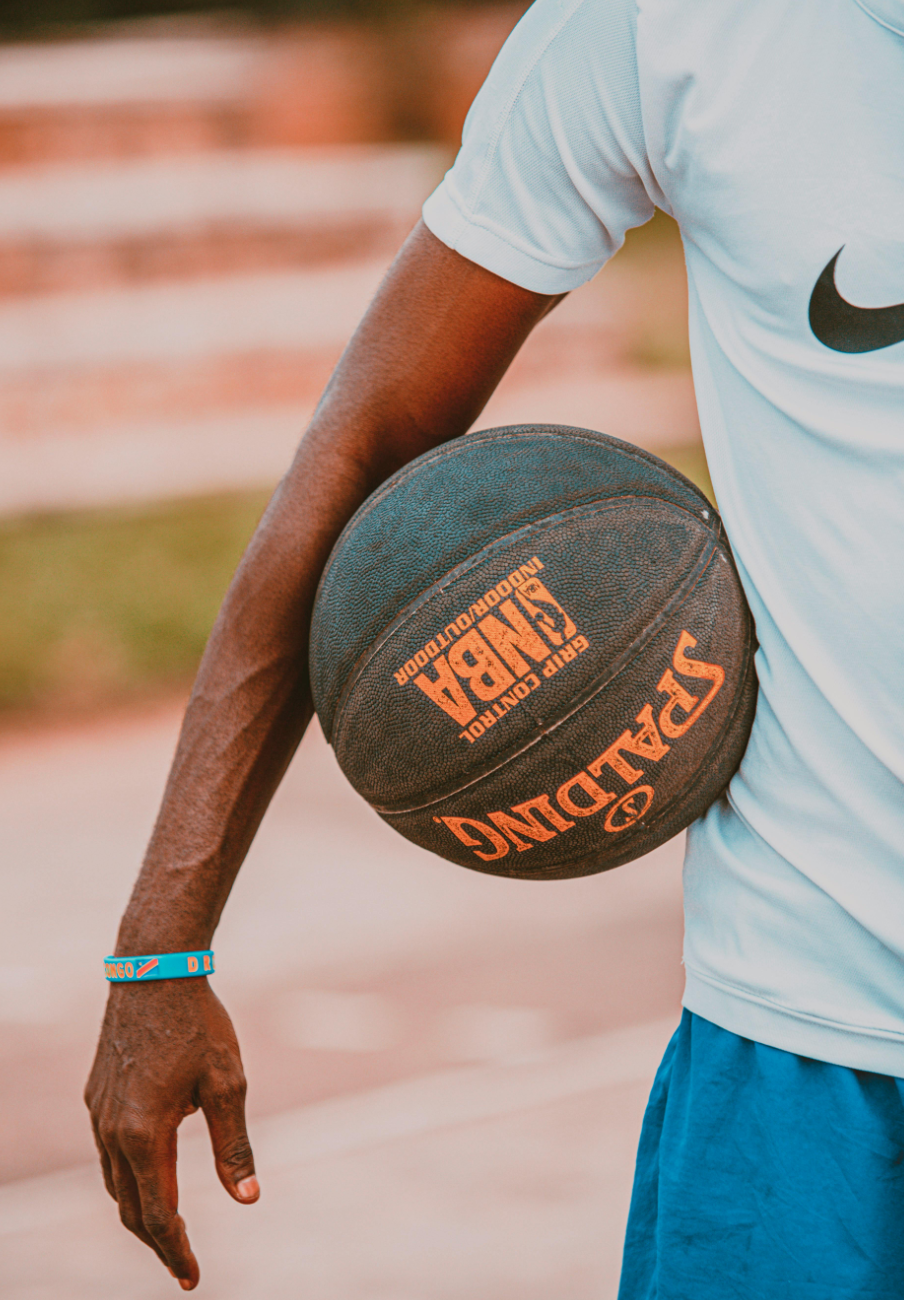
Picture Credit
What began as a modest indoor pastime has undoubtedly evolved into a global spectacle uniting athletes, fans, and entire cultures. The NBA’s rise from a regional league to an international powerhouse tells the remarkable story of modern sport itself. When James Naismith nailed a pair of peach baskets to a gym wall in Springfield, Massachusetts, in 1891, he sought a way to keep his students active indoors. What followed was much more than a game; it was the birth of basketball. Within decades, that simple idea would transform into the National Basketball Association, a league whose drama, athleticism, and storytelling have clearly reshaped popular culture worldwide.
When Basketball was still Finding its Shape
Basketball’s early years were undoubtedly humble and chaotic. Teams sprang up in church halls, athletic clubs, and industrial towns, all chasing a game that was really fast, unpredictable, and thrillingly new. By the 1930s, professional basketball was clearly gaining traction, though it was very fractured across minor regional leagues. In 1946, the Basketball Association of America (BAA) was formed to organize the sport on a much larger scale. Three years later, the BAA merged with its rival, the National Basketball League (NBL), creating the NBA in 1949. The league began with 17 teams, many of which were in small markets; however, early financial struggles led to consolidation, and by 1954, only eight franchises remained: a foundation that would sustain future growth.
Modern basketball Merger
In its first decades, the NBA worked to define its identity. The 1950s introduced the shot clock: a 24-second innovation that accelerated play and made the game more exciting. Integration also shaped the league’s character: in 1950, Chuck Cooper became the first African American drafted by an NBA team, signalling the sport’s commitment to inclusion during a tense era of segregation. The league’s early powerhouses, including the Minneapolis Lakers and the Boston Celtics, began shaping basketball’s mythology. The Celtics, under coach Red Auerbach, built a dynasty led by Bill Russell, whose unmatched defence and leadership delivered 11 championships between 1957 and 1969. As the NBA grew, so did its reach: television broadcasts brought the action into homes, building fandom across the United States, from Massachusetts to Mississippi.
Even today, regional fan bases often reflect these historic roots. As basketball interest intertwines with other sports trends, areas such as the American South have seen renewed engagement through expanding digital sports platforms and fan communities following Alabama sports betting discussions. These growing ecosystems demonstrate how basketball’s cultural influence continues to evolve far beyond the court itself.
The NBA’s Golden Eras of the ’70s and ’80s
The 1970s marked a new phase of identity and expansion. The NBA’s 1976 merger with the American Basketball Association (ABA) introduced a wave of innovation: from the three-point line to a flashier, above-the-rim style of play. The league’s personality was changing, too: stars like Julius “Dr. J” Erving brought flair and charisma that attracted new fans and transformed basketball into entertainment as much as sport. The 1980s cemented the NBA’s place in mainstream culture. The rivalry between Magic Johnson’s Los Angeles Lakers and Larry Bird’s Boston Celtics captivated audiences. Their contrasting styles, Hollywood brilliance versus blue-collar discipline, gave fans a decade of unforgettable finals and built the league’s television dominance.
Air Jordan and the Global Explosion of the ’90s
No player has shaped global basketball quite like Michael Jordan. With the Chicago Bulls, Jordan led his team to six championships, transforming his brand into an empire. His presence, both on the court and in marketing, made the NBA an international export, especially after the 1992 U.S. “Dream Team” dominated the Barcelona Olympics. That group, featuring Jordan, Magic, and Bird, introduced millions to NBA basketball for the first time. The 1990s also saw the rise of satellite television and early internet access, enabling fans in Europe, Asia, and Africa to follow the league in real time. By the turn of the century, the NBA had become not just an American institution, but a global language of sport.
As the sport spread westward, basketball also began to connect with new audiences in regions traditionally defined by other sporting loyalties. Western states saw increased crossover between basketball viewership and the rise of digital fan-participation platforms such as https://www.bookmakersreview.com/usa/utah/, reflecting a national shift toward data-driven sports engagement and responsible gaming oversight.
Analytics, Expansion, and the Digital Age of Basketball
In the 21st century, the NBA entered a new phase of sophistication. Advanced analytics have begun to influence coaching, scouting, and even contract decisions. The once-dominant focus on physical size gave way to a data-backed emphasis on efficiency, spacing, and three-point shooting. Stars like LeBron James, Stephen Curry, and Giannis Antetokounmpo redefined what versatility meant in basketball, blending athleticism with precision. The NBA has also embraced social media and streaming, making it one of the most accessible sports leagues in the world. Expansion into international markets, from preseason games in Europe to academies in Africa and Asia, turned the NBA into a year-round global conversation. Today, players are both athletes and entrepreneurs, and teams are multi-platform brands engaging fans across continents. Whether it’s the league’s historical milestones, evolving rules, or influence on fashion and music, the NBA’s story remains one of adaptation and inspiration. What started in a small Massachusetts gym is now an international symbol of creativity, competition and unity: proof that the simplest games can sometimes create the most enduring legacies.
